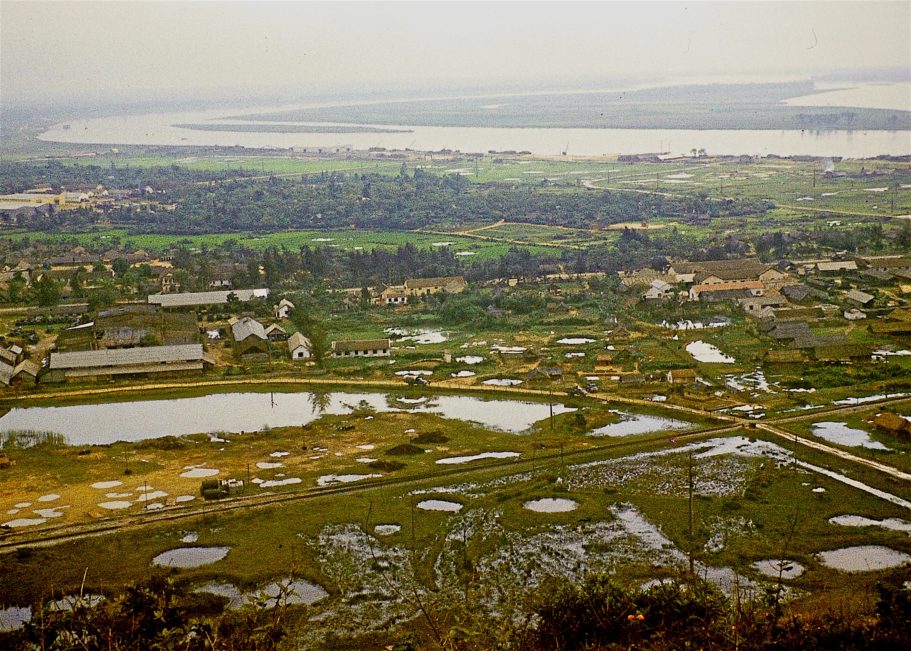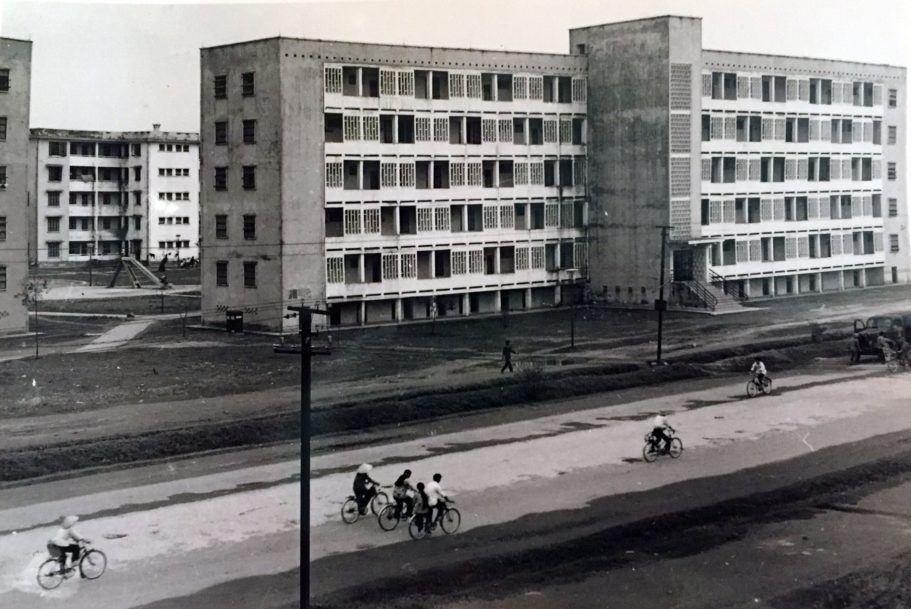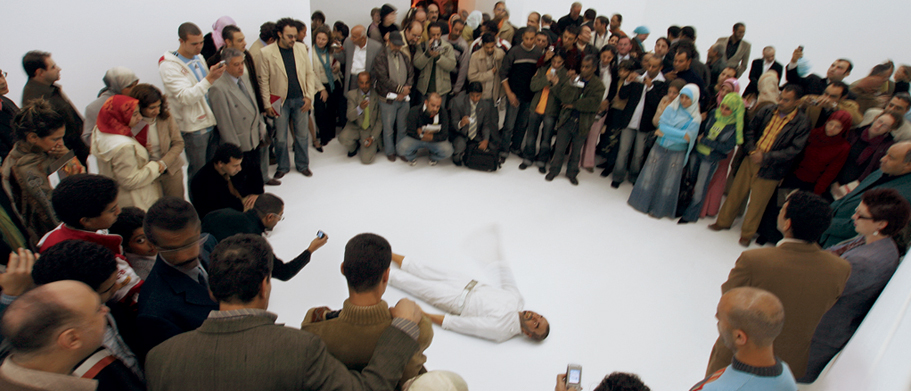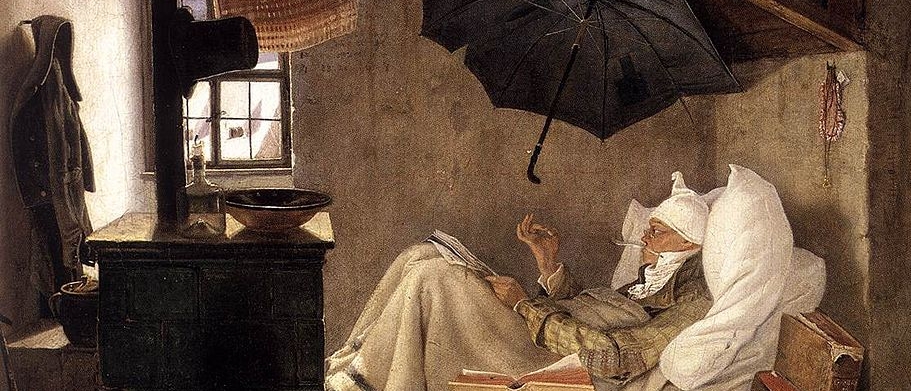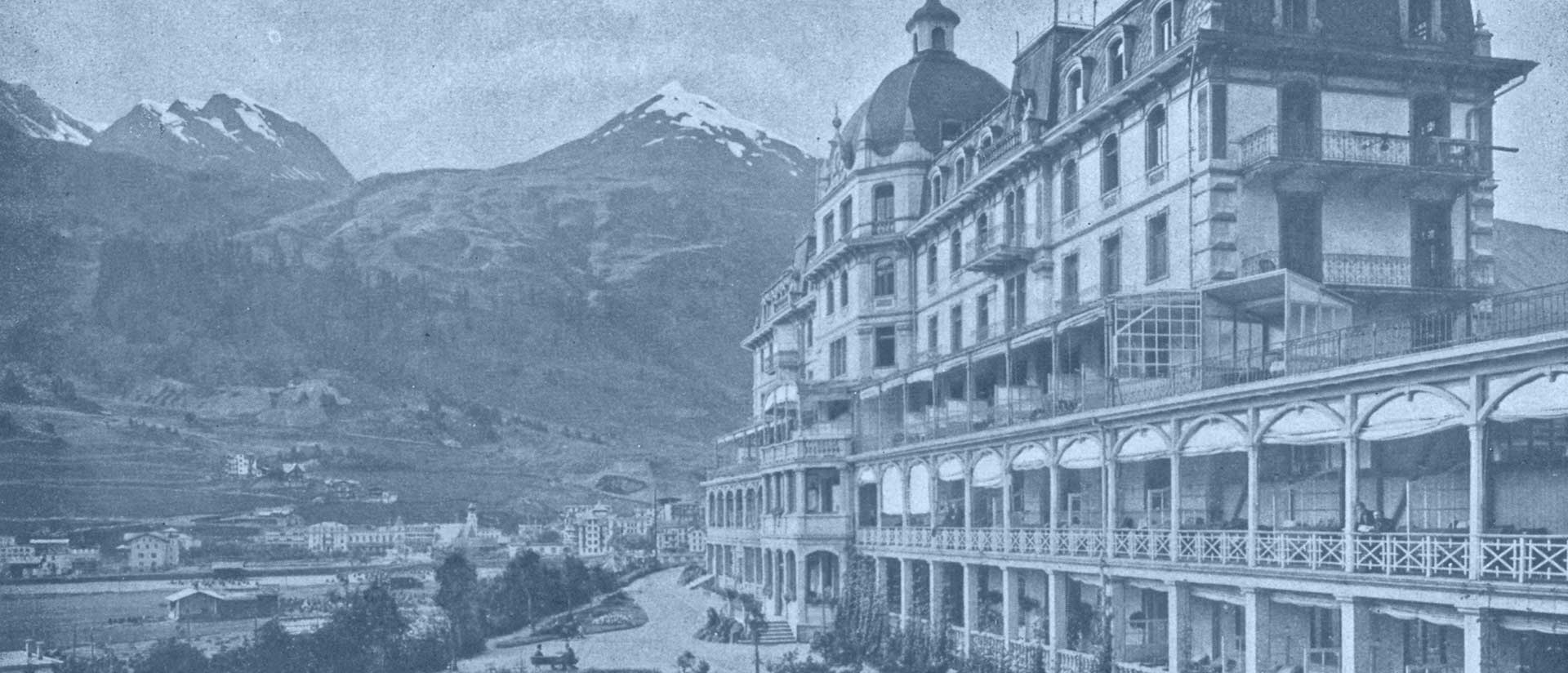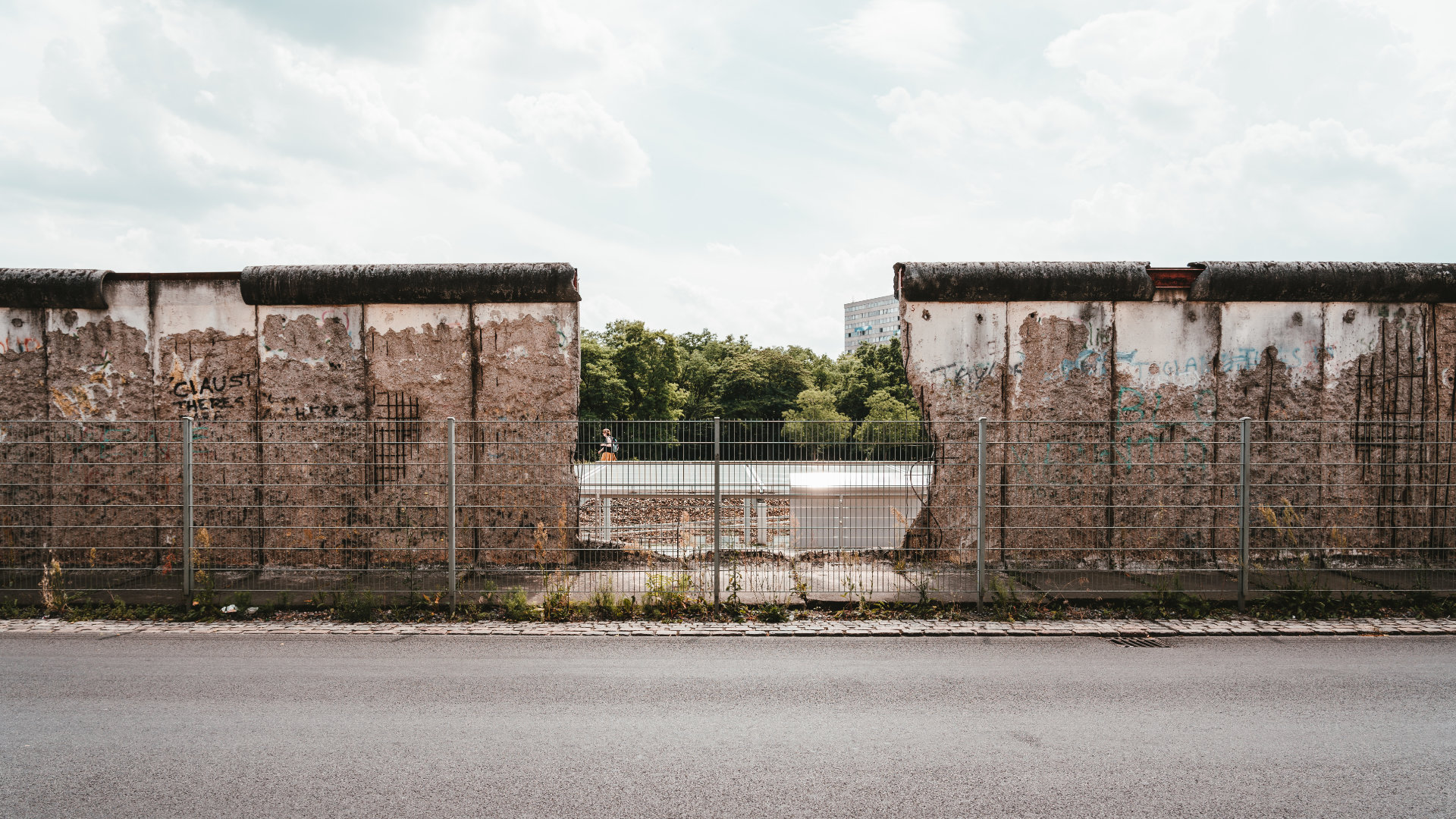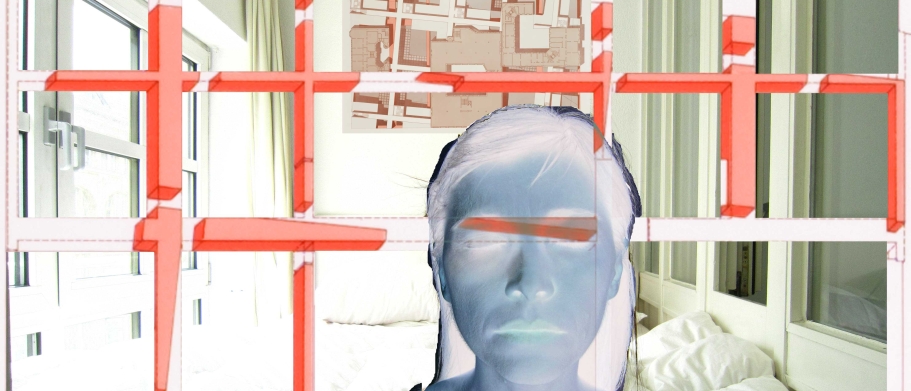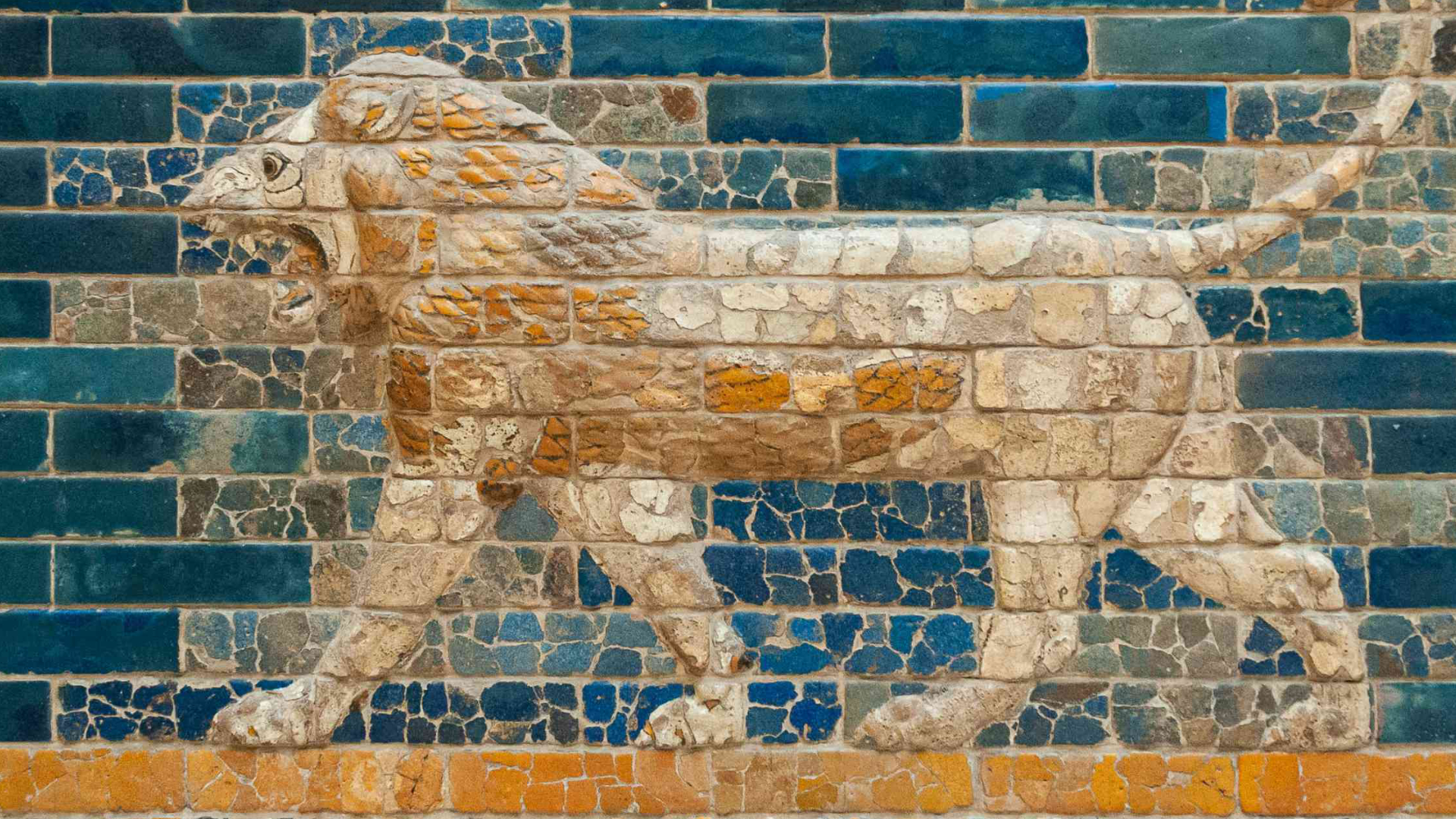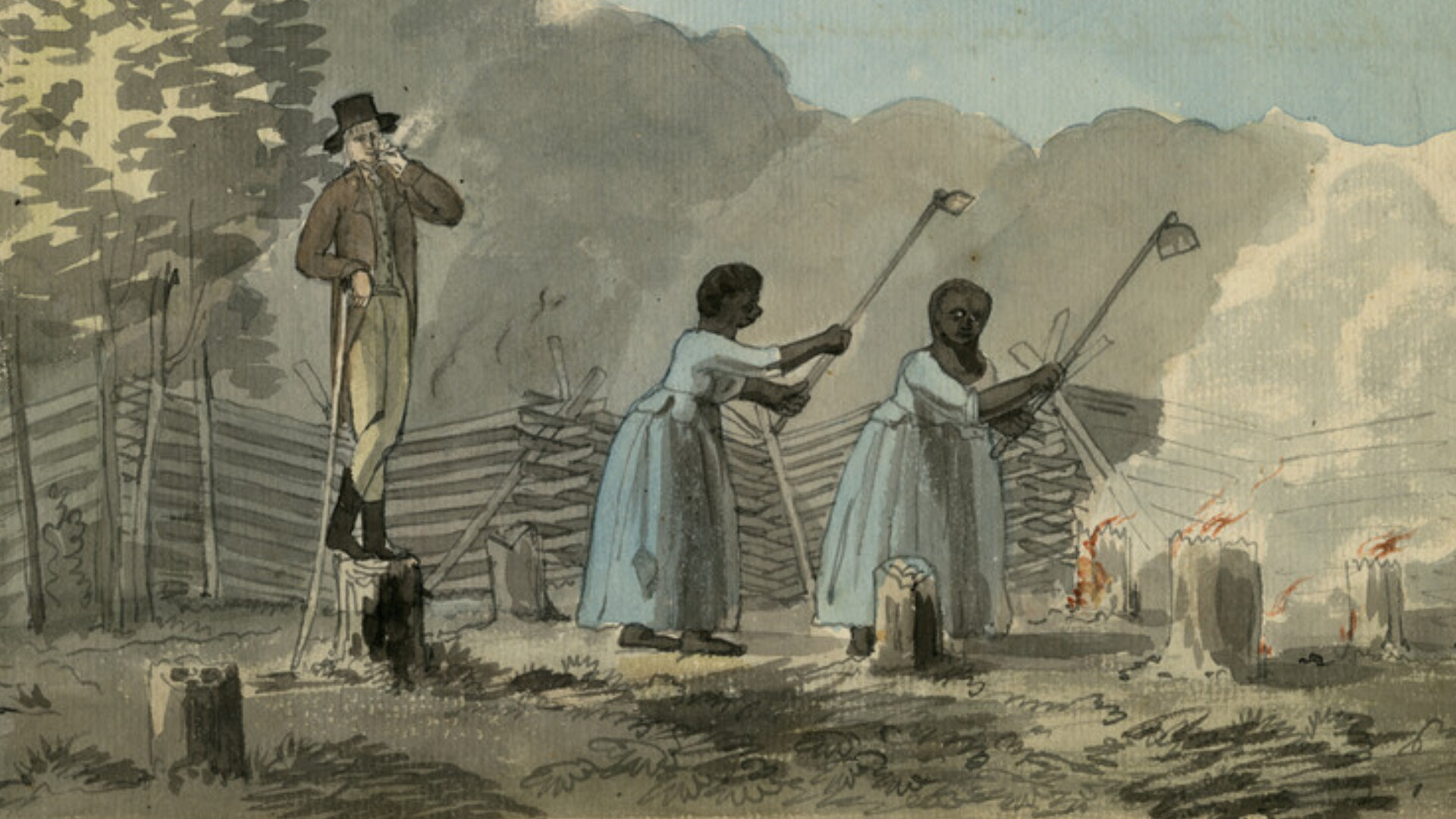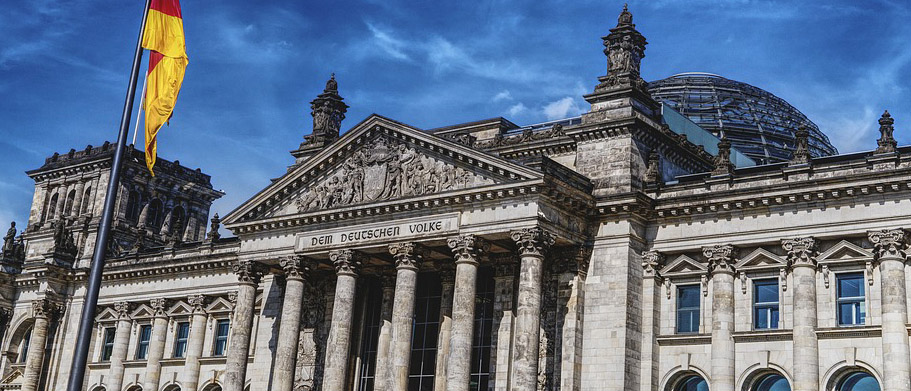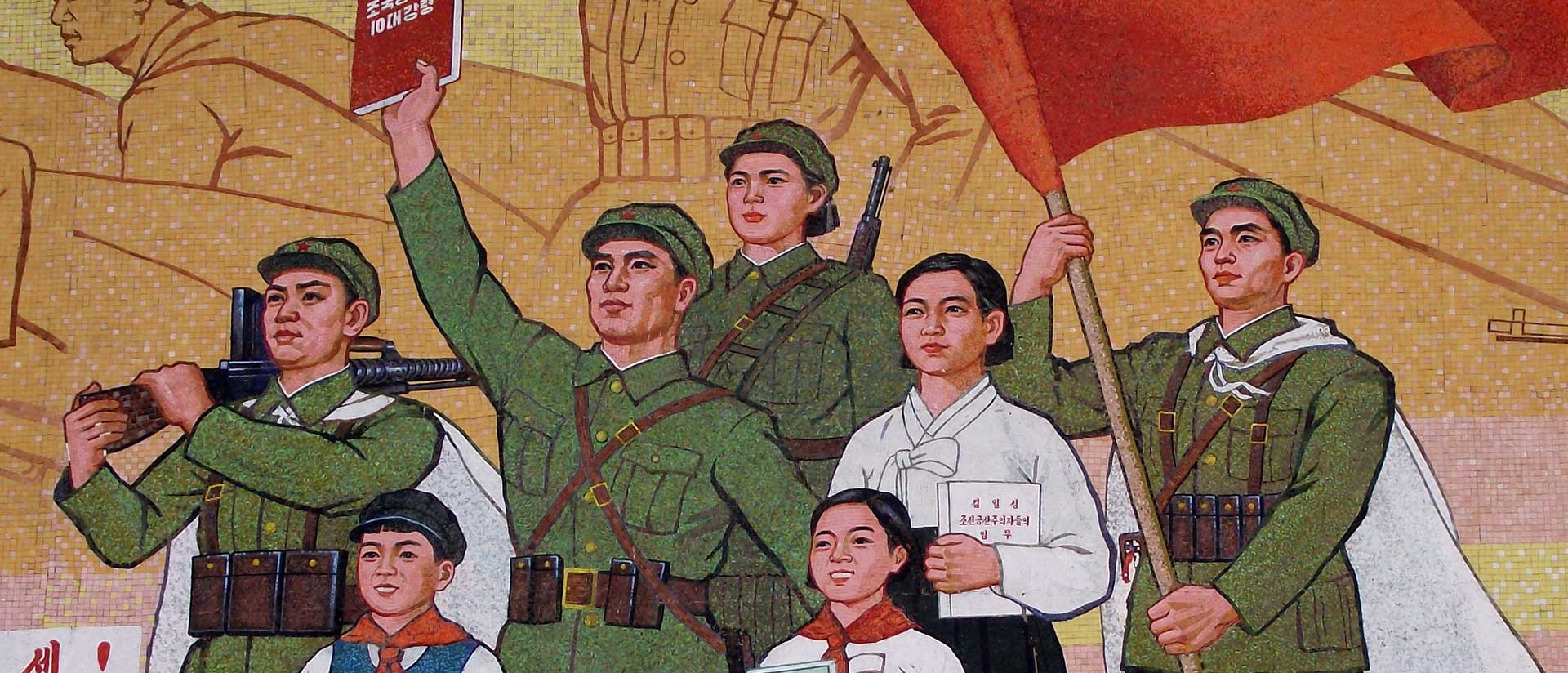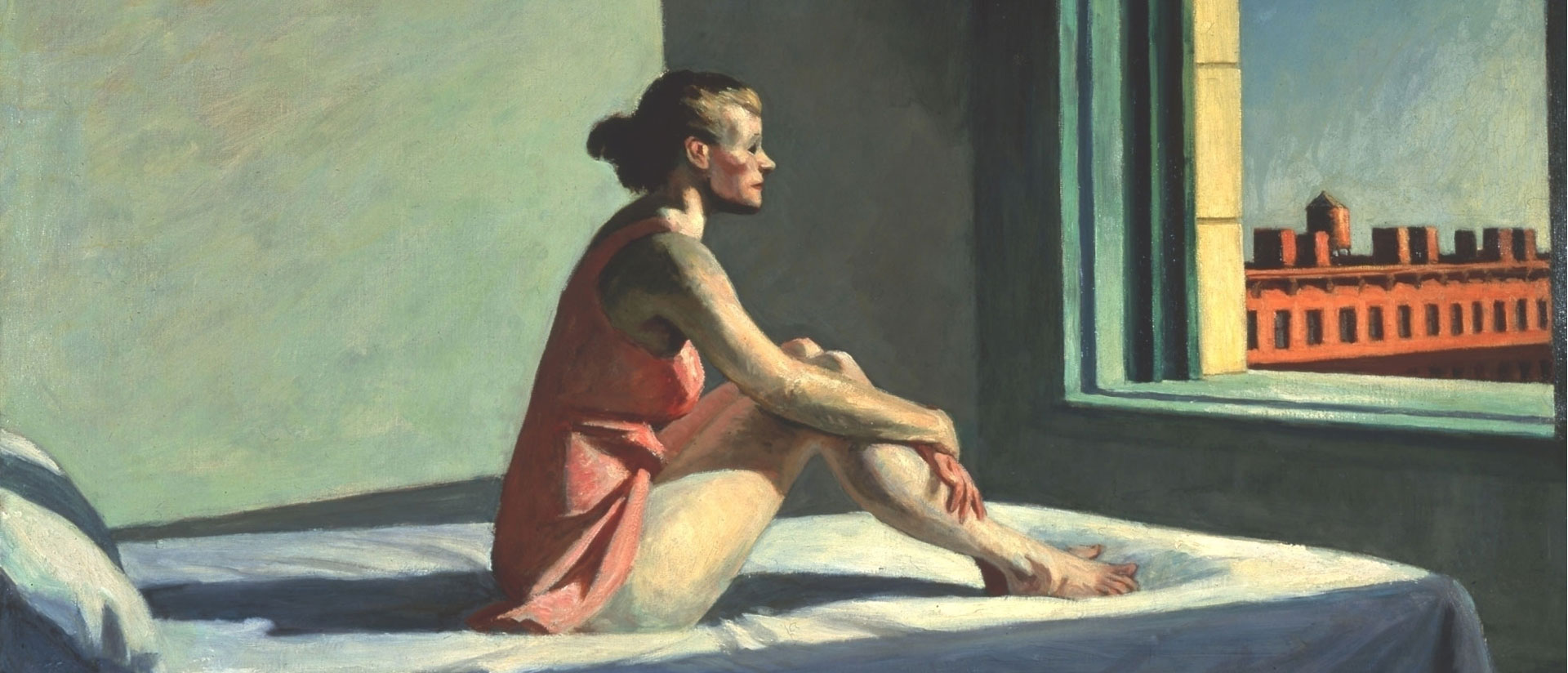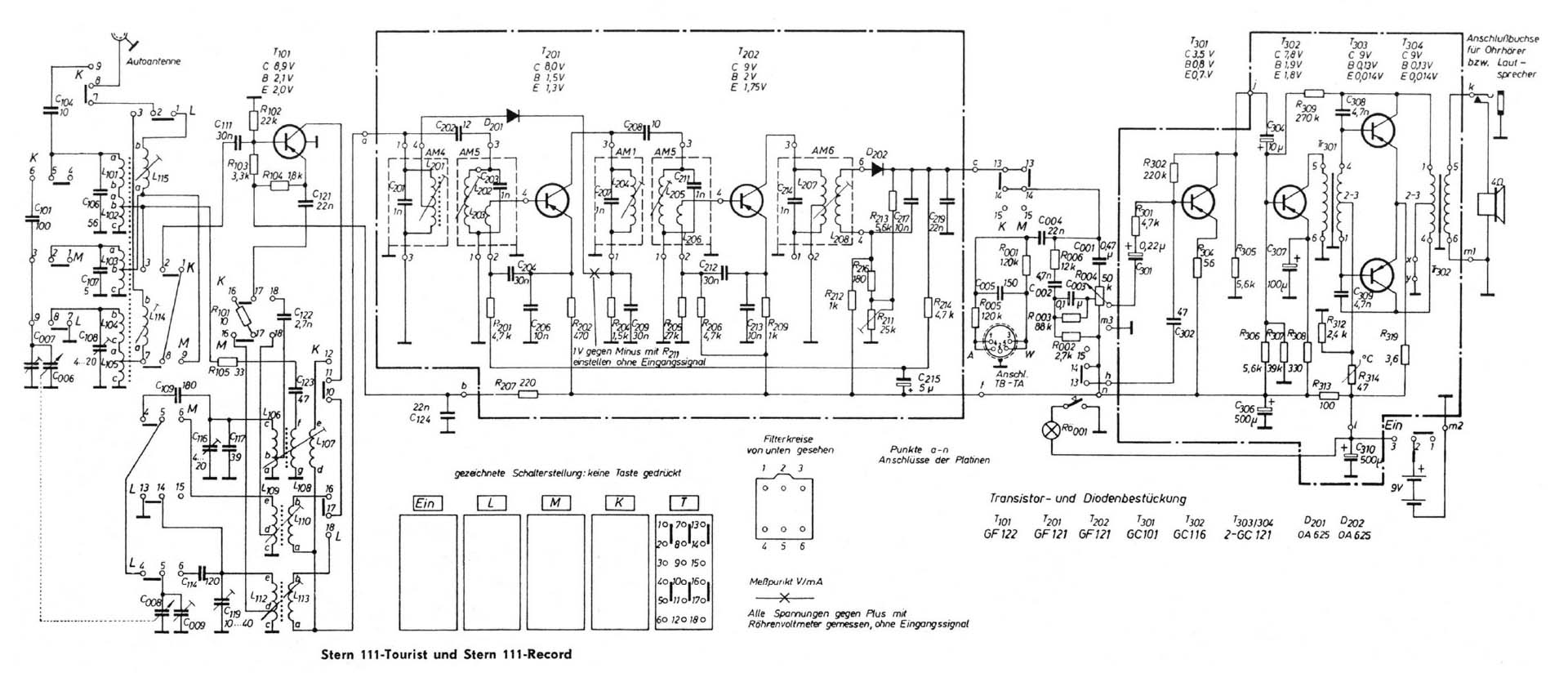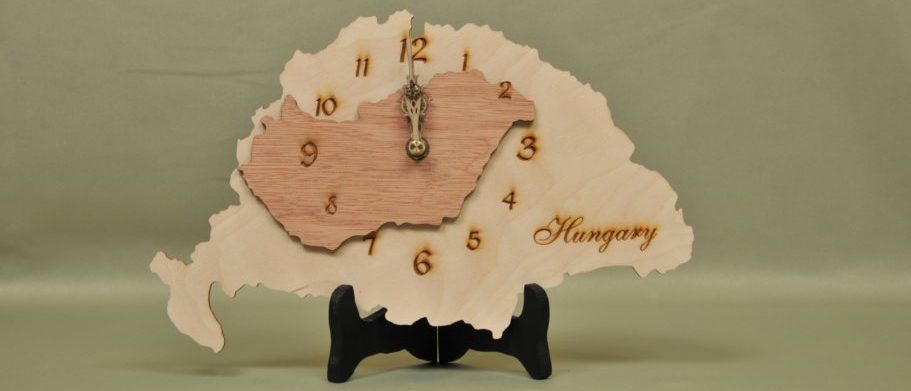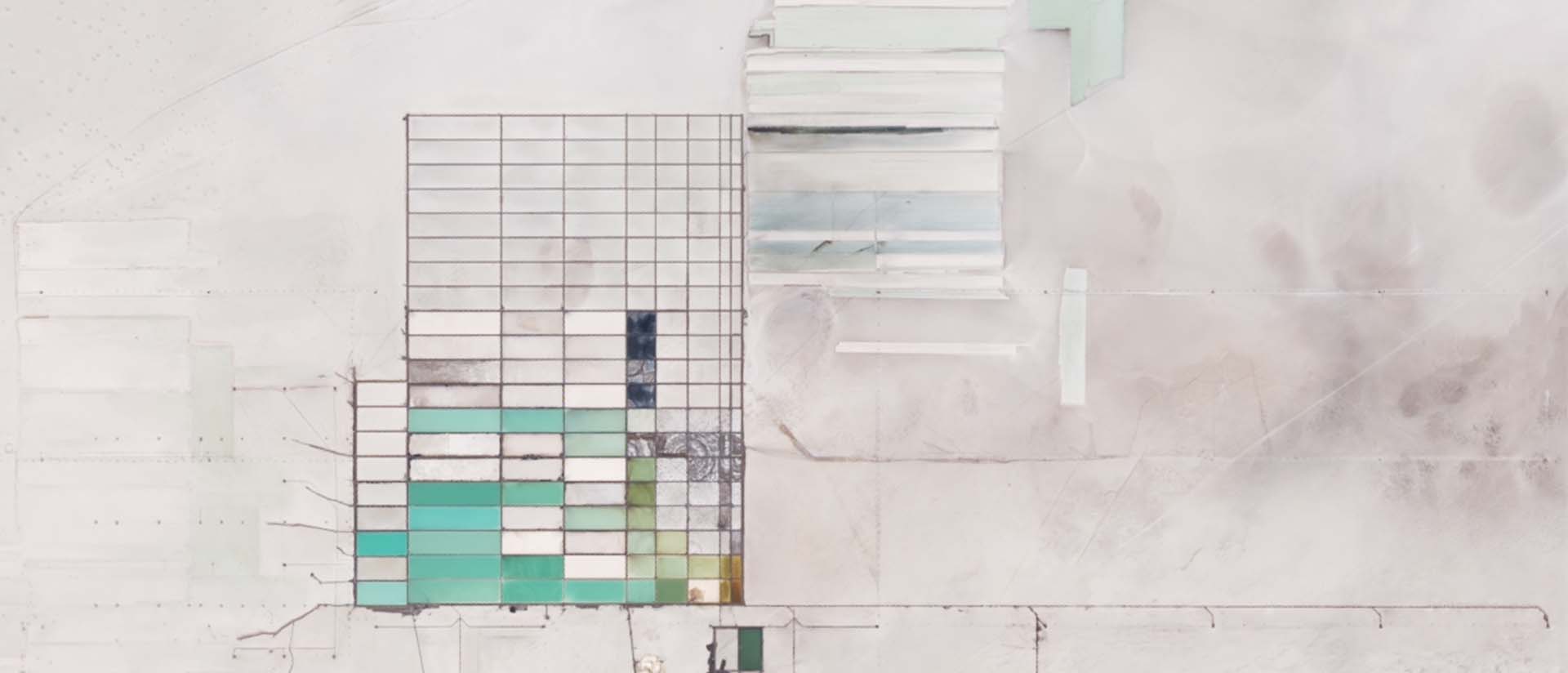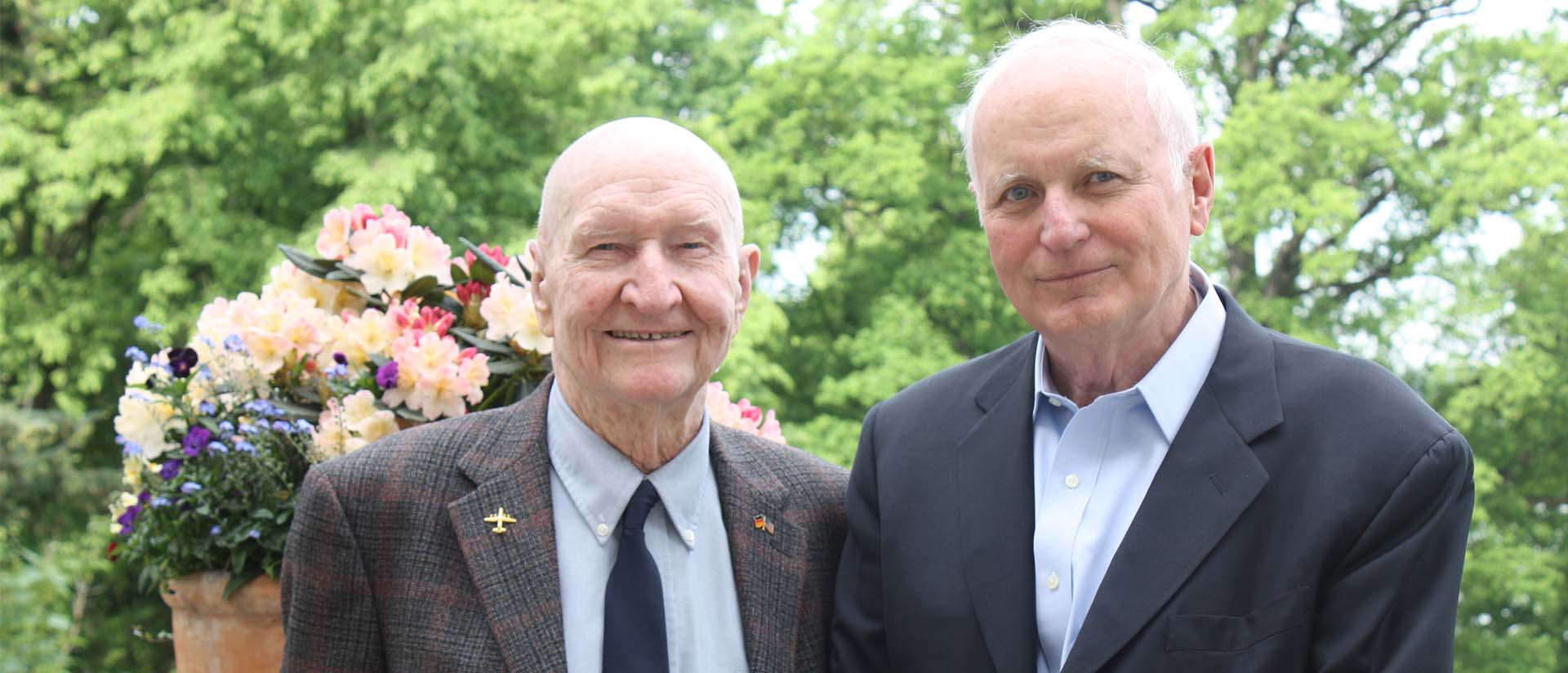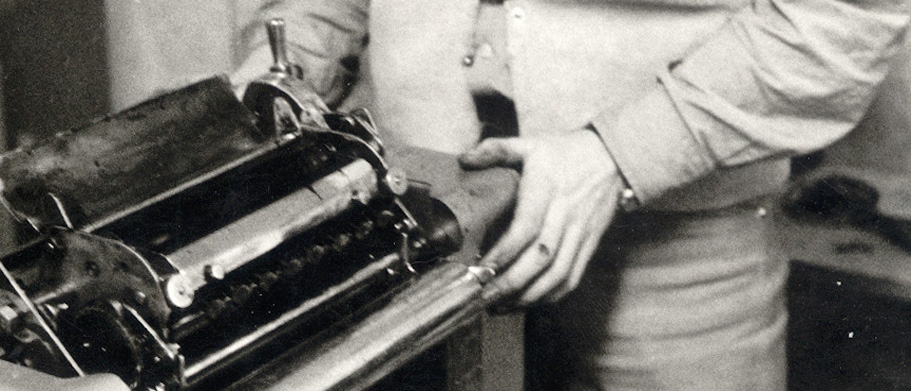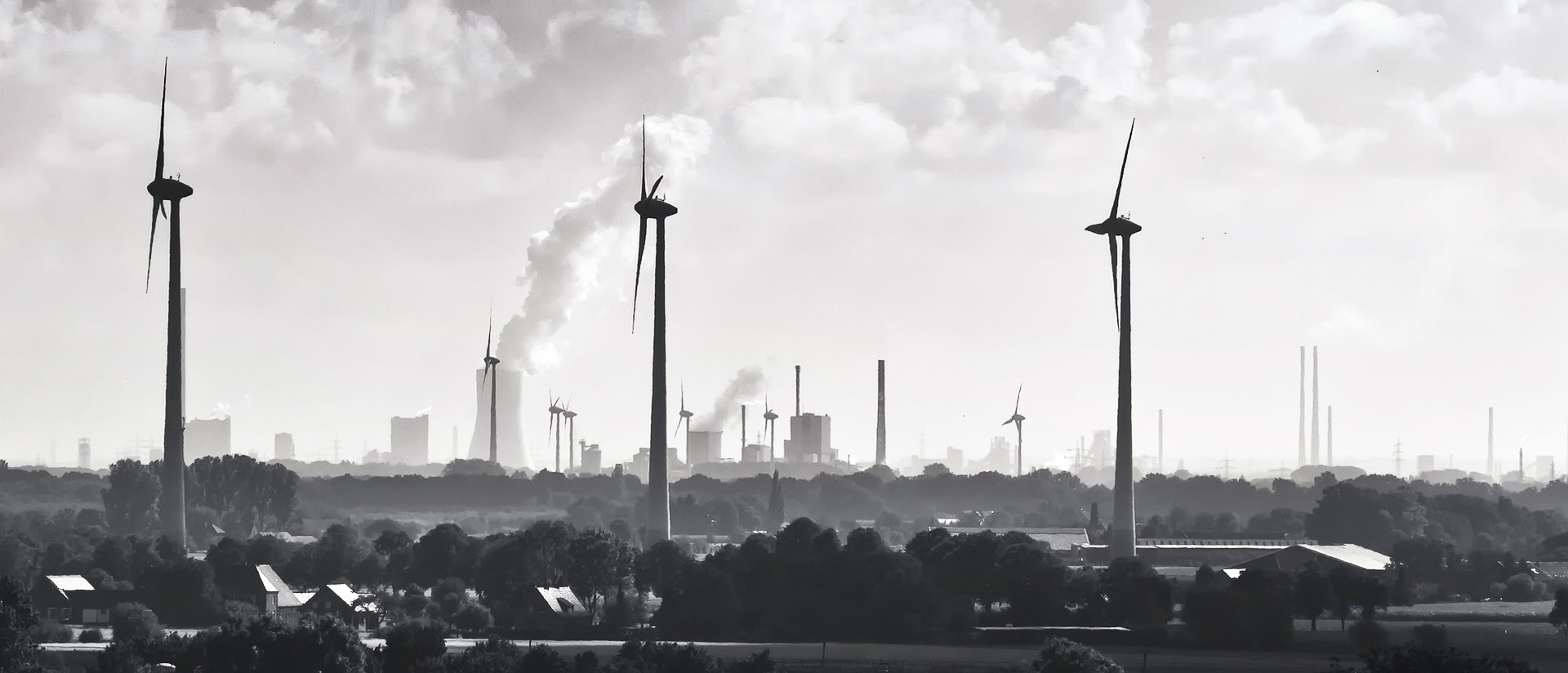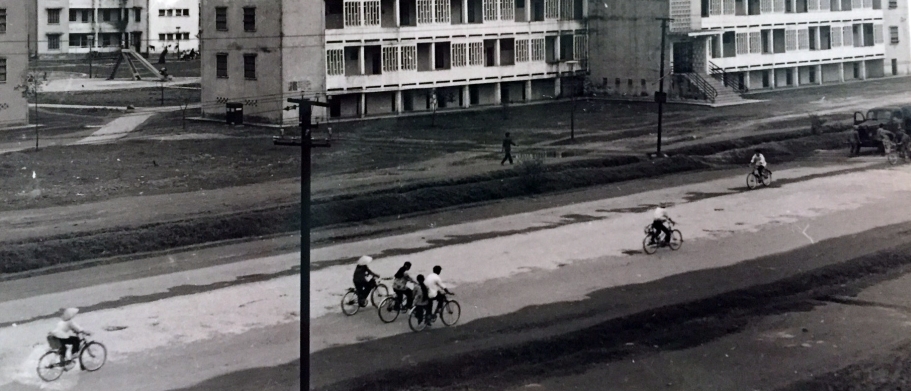
Ruination and Reconstruction
East German utopian planning in postwar Vietnam
by Christina Schwenkel
On the occasion of the fortieth anniversary of the Paris Peace Accords, signed in January 1973, former California state senator and anti-war activist Tom Hayden penned a critical editorial in the Los Angeles Times, entitled “Buried History in Hanoi.” In it, Hayden commented on the swirl of media attention and resurgence of public debate over the end of US involvement in Vietnam, in contrast to the negligible reportage of the fortieth anniversary of the infamous “Christmas Bombings” of northern Vietnam only one month earlier.
It is well known that the Paris Peace Accords led to the cessation of US military operations in Vietnam. Yet while the withdrawal of US combat troops and military advisors definitively ended the conflict for the United States, the war raged on in Vietnam. What is less known is that the Accords, in marking a decisive end to aerial bombing, also set into motion an immense socialist aid apparatus that would radically transform the devastated landscapes of Vietnamese cities. Among the allied socialist countries to offer assistance was the German Democratic Republic (GDR), which would play an instrumental role in postwar reconstruction, most notably in the industrial city of Vinh, located three hundred kilometers south of the capital city of Hanoi.
A lack of comprehensive knowledge of such urban projects is not incidental. The mass bombing of Vietnamese cities is largely forgotten in American public memory; this was the take-home message of Hayden’s critique. The average US citizen knows little about the extent of the casualties and devastation of the air war. US public memory of “strategic bombing” has instead centered on other losses: failed policy, downed aircraft, and captured, killed, or missing pilots. Indeed, much of the discussion today around the controversial “December bombings,” in 1972, during stalemated talks, addresses the decision-making process rather than the human costs: “Who was the stronger advocate for aerial attacks, Kissinger or Nixon?” asks an online exhibit by the National Archives and Records Administration. Sadly, Vietnamese individuals who suffered the traumatic effects of such imprudent acts are elided in these discussions. The American public has instead moved on—that which is no longer “news” is quickly subjected to oblivion—giving little thought to the aftermath of the bombing and how affected persons went about rebuilding their lives and cities when the threat of violence subsided.
A few quick facts to resuscitate memory: Between 1964 and 1973, the United States carried out sustained air attacks across the Democratic Republic of Vietnam (DRV or “North Vietnam”) in an effort to reverse the progress of socialist modernization, upend industrial production, and hinder the flow of troops and supplies to southern battlefields. While the Vietnamese named the protracted air strikes America’s “War of Destruction”—Chiên tranh Phá hoai—Americans called them by their code names: “Operation Rolling Thunder” (1965–68) or “Operation Linebacker I and II” (1972), as well as other unnamed campaigns of indiscriminate bombing leading up to the infamous Christmas strikes, in 1972.
It is estimated that close to eight million tons of ordnance were dropped on Vietnam, more than twice the amount dropped by the allies during World War II. Smaller cities like Vinh bore the brunt of such violence, their decimated landscapes becoming a metaphor for the imminent collapse of postcolonial modernity. True to its threat, the US Air Force displayed its technological might to the world by bombing regions of Vietnam “back to the Stone Age.” For postwar planners from “fraternal” countries, these leveled towns provided a blank canvas for the construction of new utopian cities that offered the possibility of the socialist “good life” to displaced and war-weary populations.
This was the case with the “red city” of Vinh, in the province of Nghê· An, an area of Vietnam synonymous with hardship and resilience—attributes that underpin its proud intellectual and revolutionary traditions. For instance, it is the homeland of national poet Nguyên Du, the father of Vietnam’s modern nation-state Hô´ Chí Minh, as well as a host of other historical and cultural icons. During the war, Vinh became notorious for the scale of devastation it experienced: according to US military reports, over a ten-year period, the port city was subjected to more than 5,000 air strikes that annihilated strategic infrastructure, such as power plants and railway lines, but also destroyed people’s livelihoods, killed entire families, and devastated social, cultural, and economic institutions, including markets, hospitals, schools, and pagodas. When the raids came to a conclusive end, in January 1973, there was little left to the city but ruins, rubble, smoke, and ash; these sites and smells remain seared into the memories of inhabitants who experienced the protracted terror. In describing the scale of urban catastrophe, these inhabitants frequently invoked Dresden as a historical point of comparison, one laden with deep moral and ideological significance that intersected with GDR collective memory of World War II: victimization at the hand of US imperialism.
This analogy between Vietnam’s and Germany’s wartime pasts (bound up with its own selective remembrance in the case of the GDR) was generative of important social and political affinities. The GDR’s deep identification with Vietnam’s anti-imperialist struggle mobilized widespread support among citizens for solidarity campaigns, securing continuing political and humanitarian support from Berlin. Hanoi was less interested in commonalities drawn between histories of destruction, however, than it was in Dresden’s “rise from the ashes”—a model of urban regeneration officials hoped to achieve in Vinh. For the more than two hundred GDR practitioners who would travel to Vinh—urban planners, engineers, and other skilled professionals—the massive reconstruction project carried out between 1974 and 1980 presented an opportunity to translate expressions of political solidarity into concrete social practice. At the level of the state, this brüderliche Hilfe (fraternal aid) provided a moral platform for East Germany to depict itself globally as a benevolent benefactor to Third World countries fighting for decolonization, and to contrast this productive assistance with West Germany’s destructive support for imperialist interventions, including the US-orchestrated war in Vietnam. A Cold War politics of Vergangenheitsbewältigung—of coming to terms with the past—was thus poised to play out in and through the war in Vietnam.
The Reconstrucion of Vinh City with the technical and financial assistance of East Germany was part of a large-scale, multilateral recovery program for Vietnam involving socialist and socialist-leaning countries across Asia, Europe, and Latin America. Like the Marshall Plan of post-WWII Europe, an emphasis on industrialization to regenerate the economy channeled massive investments into the rebuilding of infrastructure. Unlike Western Europe, however, for Vietnam the path to building a brighter, more prosperous future (at the time) was through a centralized socialist economy, rather than through capitalism. Socialist rehabilitation of cities, with its promise of adequate housing and basic services for all citizens, would prove key to securing the legitimacy of the Vietnamese state.
GDR utopian designs for social transformation of Vinh City coalesced around the architectural technology of the Wohnkomplex, or housing complex, also referred to as a “microdistrict,” to denote an integrated residential area with apartment blocks and on-site public services. The master plan for the estate was impressive for a small but expanding city such as Vinh, which in its prewar years had consisted mostly of one- or two-story buildings, often made of thatch or wood.
Planners initially proposed 36 apartment blocks (each with five floors) that would house an estimated fifteen thousand workers and cadres with notable contributions to socialist nation-building. This plan proved too ambitious, however, due to a lack of available resources. The urgent need to rebuild factories to produce essential construction materials was concurrent with the manufacturing of housing. By the end of 1980, when planners and technicians returned to East Germany, only 22 blocks had been completed, providing shelter for approximately 9,000 tenants. Still, this was a tremendous feat given the material constraints that had necessitated the import of equipment and machinery from East Germany, from construction cranes down to iron nails. Some of these relics can still be found in use in the city today.
The housing estate not only showcased the spectacular potential of socialism—and GDR technology—to rebuild the devastated city anew, with high-rise buildings, parks, a stadium, cinema, trade center, and other public spaces of social activity. It also served as an ideological tool to transform rural-to-urban migrants into productive and disciplined worker-citizens. State provisioning of housing was closely tied to a bio-political project of reforming individuals, such as the new migrant labor force not yet schooled in the art of modern living. Self-contained apartments that emphasized the nuclear family would offer urban dwellers a new path to postwar modernity: private facilities, such as indoor kitchens and plumbing, would reduce the domestic workload, expand leisure time, and increase worker productivity. And yet, the hopeful dreamworld of socialist prosperity and material well-being quickly dissipated after tenants moved in to find that newly built infrastructure often did not function or perform as planned.
Residents had an ambivalent relationship with the housing blocks. Those who positioned themselves as modern urban subjects often felt they were “ideal” (solid-brick homes were a luxury compared with collective thatch housing during the war years). Others dreaded moving into the boxed high-rises and having to climb flights of stairs. In contrast to the self-proclaimed urbanites, they imagined a future fixed on a rural elsewhere. Despite such ambivalence, residents were quick to defend the technical and ecological achievements of the buildings: After a careful study of demographic and environmental indicators, planners adopted an “eco-socialist” approach to the wider design of the Wohnkomplex. Indeed, their limited resources demanded it. Air flow, natural lighting, and passive heating and cooling through the tactical planting of trees, the positioning of the buildings, and the layout of the units, facilitated a more economical and healthful living environment. In the utopian imaginary of a post-rubble “socialist city,” rebuilding and re-greening were inextricably linked, inadvertently producing one of Vietnam’s first “eco-cities.”
Over time, the housing complex emerged as one of the greenest residential areas of Vinh. Older inhabitants who fondly remember East German assistance are quick to point this out. Among the mature trees stand dilapidated but still fully occupied buildings, brimming with vibrant social life. A lack of municipal investment in repairs has contributed to the steady decline of the blocks over the past thirty years. Once the pride of the city and a model—at least in theory—for Vietnam’s urban recovery, the apartment blocks have come to suggest a city in crisis once again. Such crisis has attracted widespread attention and efforts of intervention, from Vietnamese developers and urban speculators to international aid and development agencies, including from Germany, almost all of whom advocate demolition.
Residents are more divided, particularly across generations. Memories of solidarity remain strong and influential among the older population, the original inhabitants who experienced traumatic loss and displacement in the wake of bombing, and postwar re-emplacement owing to GDR assistance. Their sentimental relationship to this formative past is signified in the materiality of the buildings that carry the mark of “socialist friendship” in the overlaid letters VĐ (Vietnam-Germany) embossed above the entryways. This sensibility has strengthened in recent years with the returning trips of German technicians, who have been treated like celebrity heroes in the local press. To demolish the blocks would be to eradicate this deeply symbolic history from the landscape, a history now discredited as a “failed experiment” by some international actors. Demolition also threatens to re-displace occupants and uproot their tight-knit community. And yet living among decay entails significant risk, leaving the critical trilemma: to preserve (as “heritage”), to renovate (if salvageable), or to remove (and rebuild)? Competing economic, political, and historical interests are at stake in finding an adequate solution to the crisis. In an unanticipated, if not ironic, way, Vinh has re-emerged as a political battleground for the ongoing struggle to define and control the shifting contours of German memory. □
Christina Schwenkel is Associate Professor of Anthropology and Southeast Asian Studies at the University of California, Riverside, and Academy alumna of fall 2015. Published in the Berlin Journal 30, Fall 2016, pp. 30-33.
